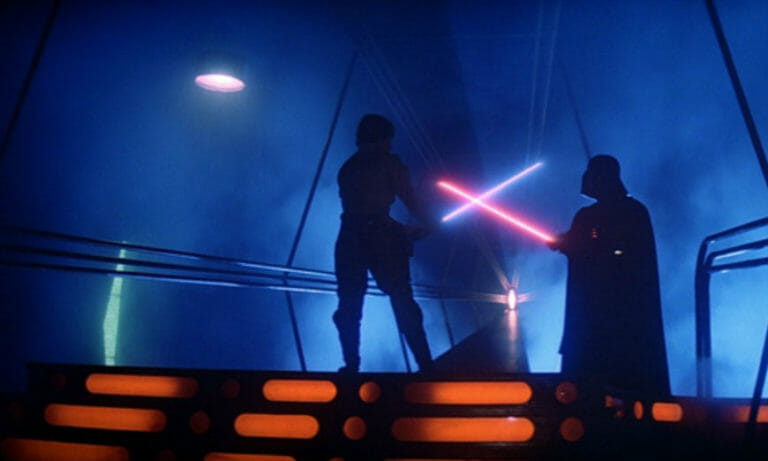By Michael Schilf · June 16, 2015

Telling stories has been my foundation ever since I bought my first VHS camera in the fifth grade. Of course, at the tender age of ten, I was more interested in filming my G.I. Joe action figures falling into a death trap of gasoline fueled fire within the pit of despair of my backyard sand box. I imagine still today – thirty years later – that if you dug deep enough in the spot where my childhood imagination seemed limitless, you’d still find the mangled remains of battle tested toys that I pitted against each other like gladiators among the fortified sand castles and garden hose moats I had created as a child.
Although the stories behind those epic battles may have been void of complex internal character flaws, powerful plot point twists, and juxtaposing story lines, those battles still encapsulated the most fundamental foundation and cornerstone of what it is we call Story.
I had forced a character, let’s say, the ultimate bad guy Skeletor from Masters of the Universe, to face off against the Transformers Optimus Prime. Both characters had a want: to win the battle. Both characters faced an obstacle: each other. Each goal propelled the story forward while the obstacles created conflict and tension.
That’s story – it’s the cake. The rest – the details – are only the frosting.
Now I’m older. I’m married, three kids, a mortgage. I’m a writer and a professor, who teaches writing. Yet despite all of the story details I have learned and try to instill into my students, the fundamental foundation of story remains the same.
It’s the first day of class, and I start by writing a simple, yet essential equation on the whiteboard:
S = (C + W) x O
A good story (S), I explain, is about an interesting character (C) who has wants (W) something badly and facesobstacles (O) while struggling to achieve it.
After the initial shock and reassurance that students need not revisit any trauma from high school algebra, they quickly come to understand that this story equation is the cornerstone to writing any good narrative, whether it be a feature film, a live action or animated short, a scripted hour long drama or half-hour comedy television series, or even a play, short story, or novel.
Good stories, regardless of genre, must engage the audience with an unforgettable character, but if that character has no want, there is no motivation to propel the story forward, and if there are no obstacles (physical or emotional), then there is no conflict, and therefore no tension.
The story equation is just one of many concepts I teach that help students learn to show – never tell – their stories, but the story equation is the most essential. It’s the first step. It’s the foundation. And I find it incredibly beneficial as I continually remind myself of it’s value.
I love writing; it’s a passion and the only thing I’ve ever done – besides the journey of marriage and fatherhood – in which my heart and mind travel together in tandem, fueled by a regenerating supply of creativity, inquiry, possibility, excitement, emotion, and imagination.
Just write. It’s true that writing makes you a better writer. However, writing with the story equation as your bedrock, not only allows you to stay simple and focused, but more importantly, it’s the root that keeps your story alive. Details can always be changed, but without a healthy base, the tree and life of your story will inevitably die.
S = (C + W) x O
That’s the story equation. It’s clear. It’s concise. And… it’s crucial.

Michael Schilf, co-founder of TheScriptLab.com, is an acclaimed screenwriter and highly sought after script consultant, with nearly twenty years of experience teaching screenwriting at the collegiate level. His latest work, a memoir, The Sins of My Father, hits bookstores later this year. Visit his blog for insights on story, character, and structure, and follow him on Twitter.